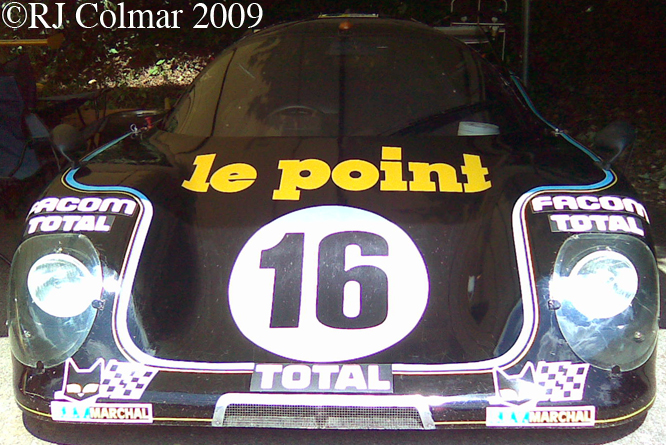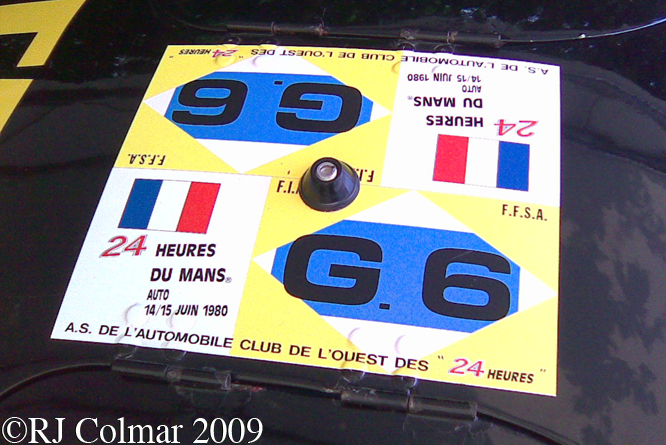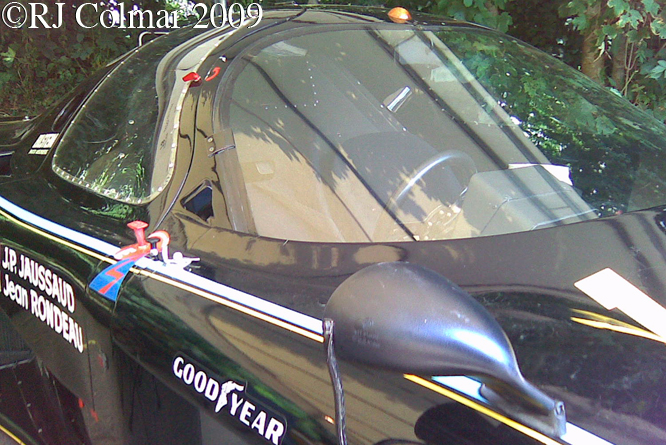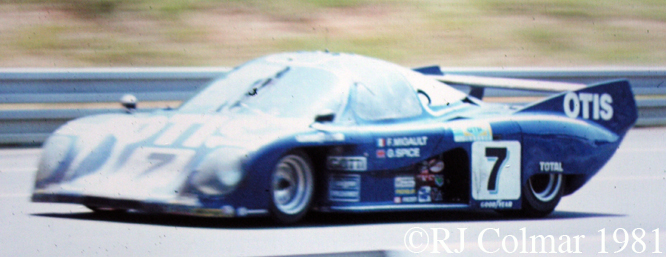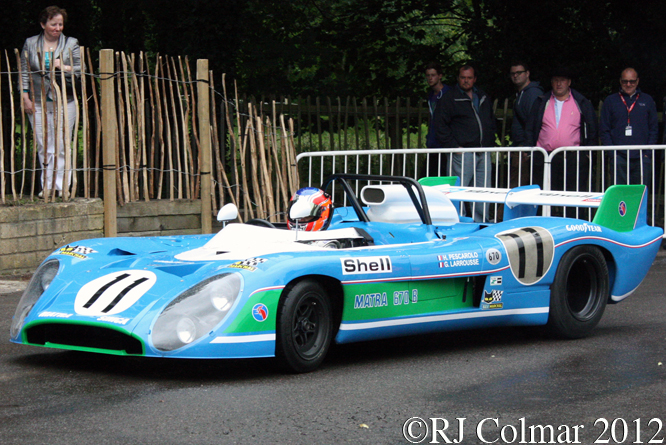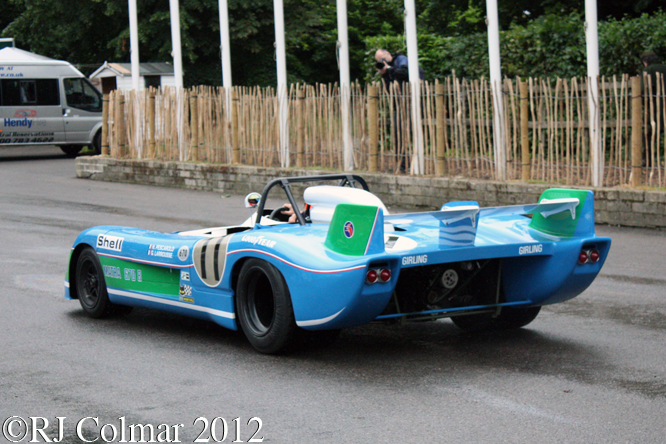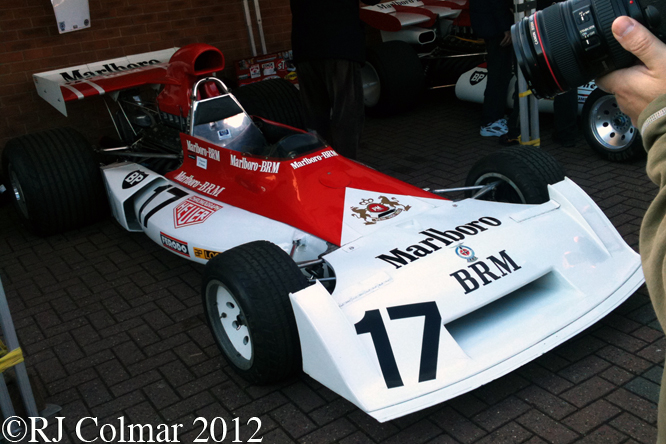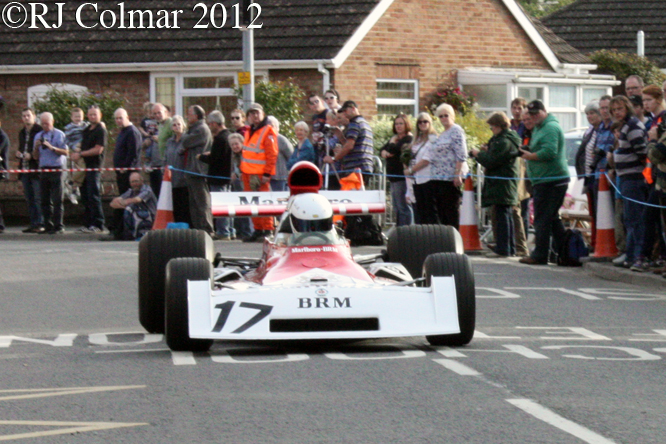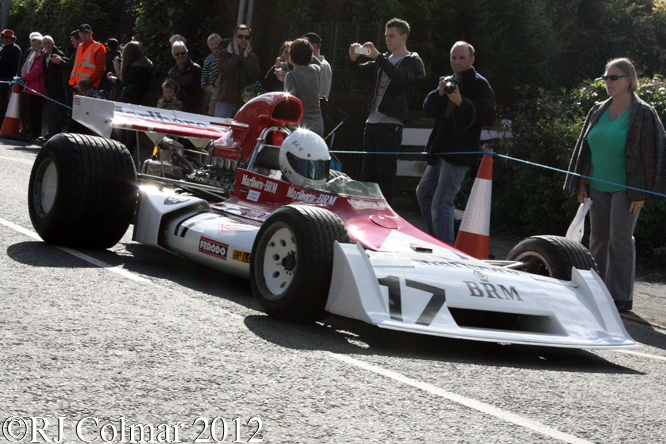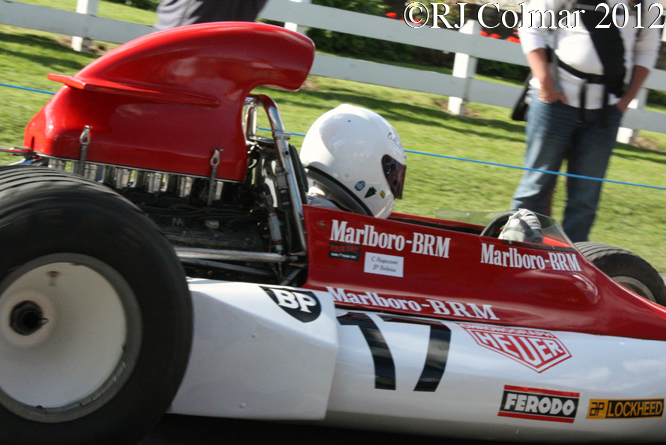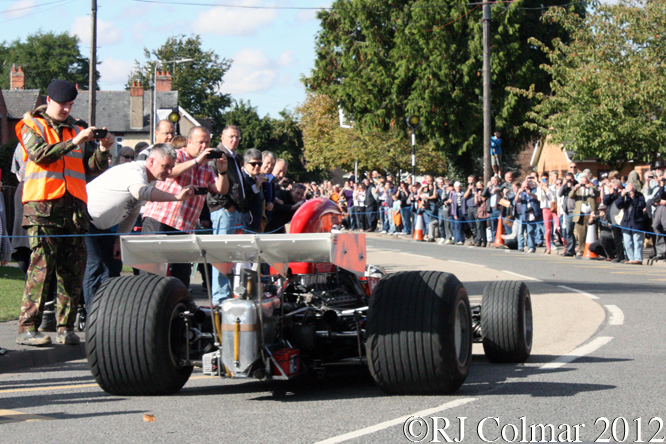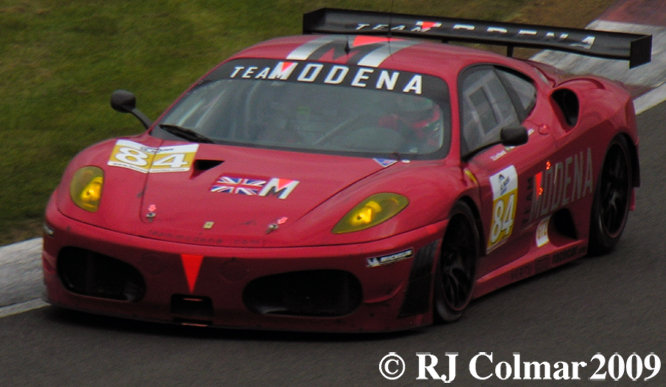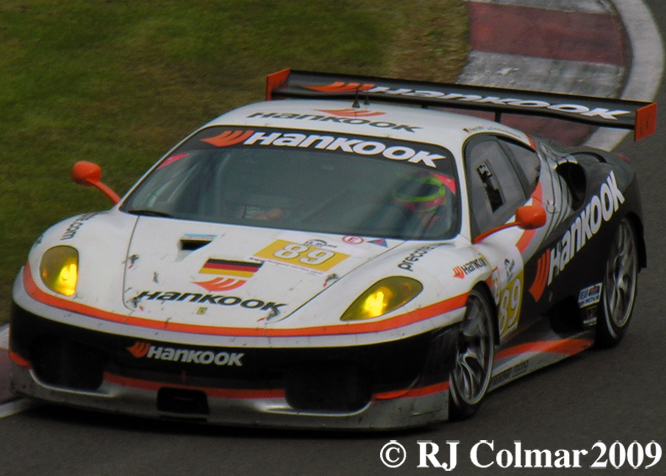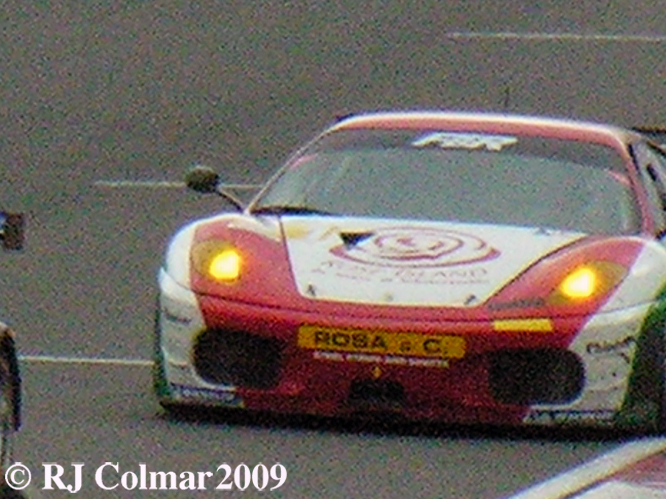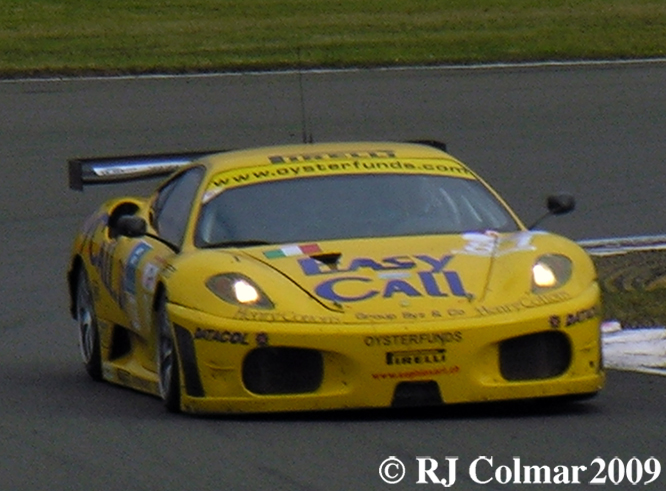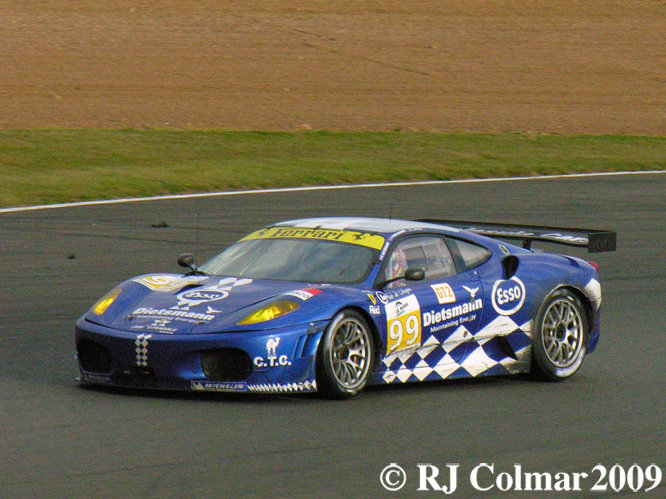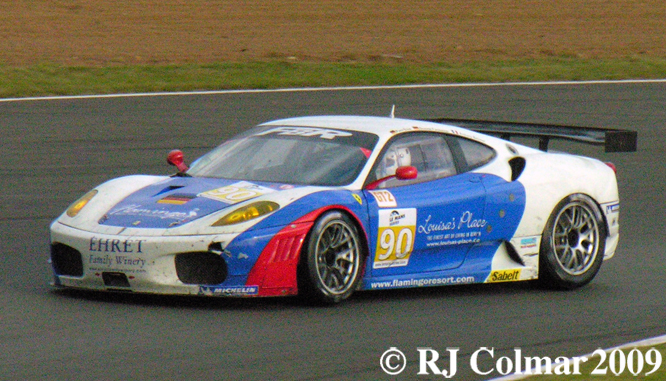Last Tuesday I looked at the prototype Ford Cosworth powered MATRA MS9 Primer Car driven by Jackie Stewart for the Ken Tyrrell run Matra International team in the 1968 South African Grand Prix.
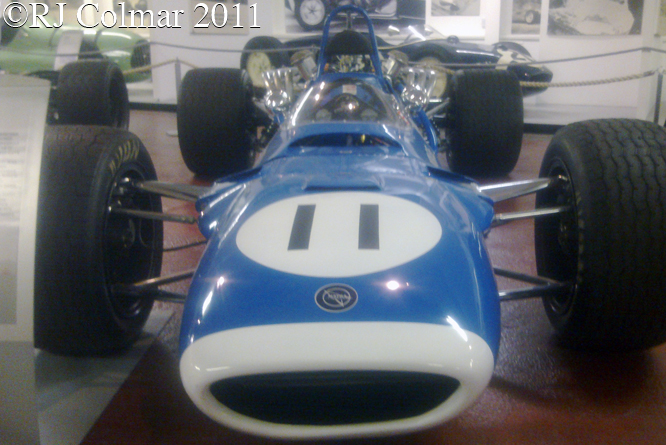
This weeks car is the MATRA V12 powered MATRA MS 11 run by the works MATRA Sport team, what turned out to be the second prong of MATRA’s bid to win the World Constructors Championship in 1968.
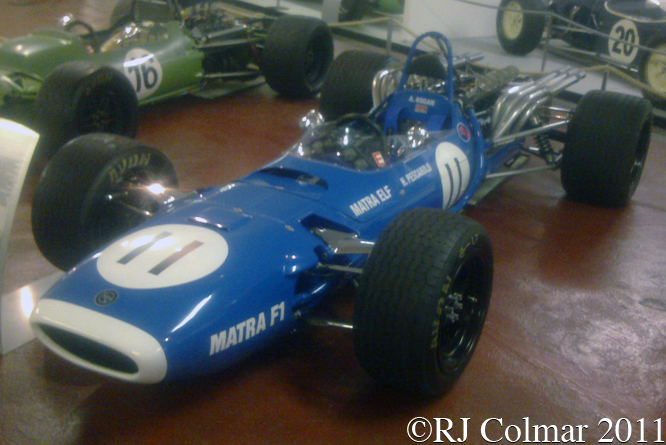
The Ford powered MS 10 and MS 11 had similar chassis however unlike the Ford DFV V8 the MATRA V12 was not a stressed member of the chassis meaning that the V12 was carried on a separate subframe for which two pontoons were built behind the rear chassis bulkhead as had been used on the 1967 MS7 Formula 2 car.
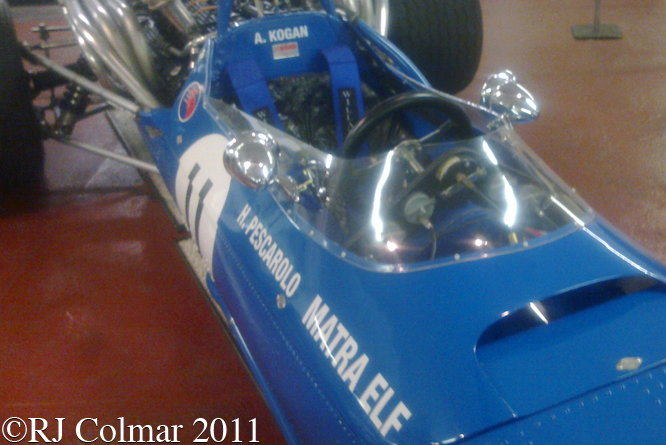
Jean Pierre Beltoise was chosen to drive the car initially and he was joined later in the season by Henri Pescarolo in a second MS11 for the last three races of the season.
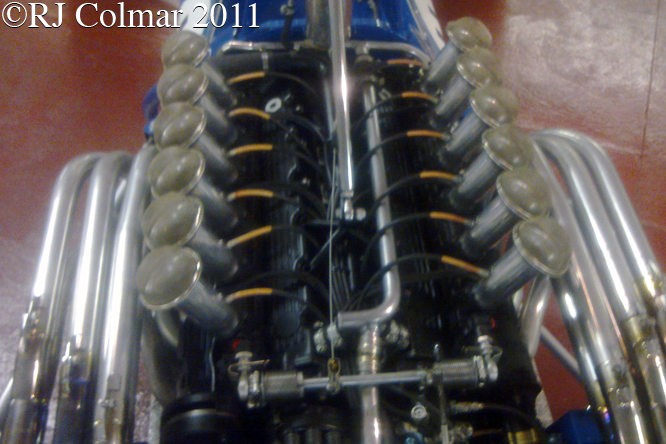
The 390hp 60° V12 features 4 valves per cylinder and double over head camshafts per bank that are driven by a train of straight cut gears from the front. Disappointingly the V12 could not match the horsepower of the Ford Cosworth DFV first seen in 1967.
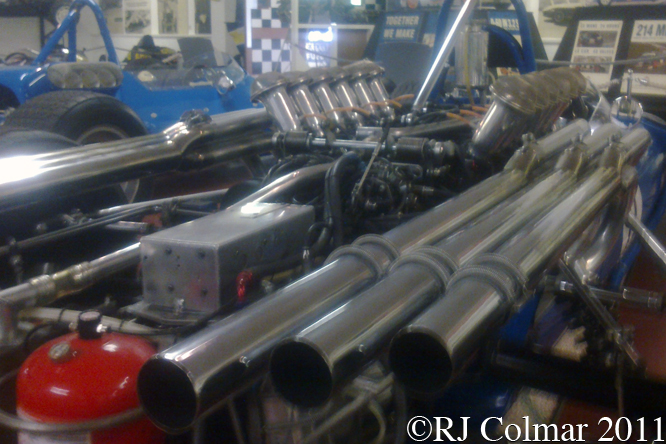
The elaborate exhausts are said to make “abundant noise” described as either music or a shriek depending on your tastes when mechanical mayhem is unleashed.
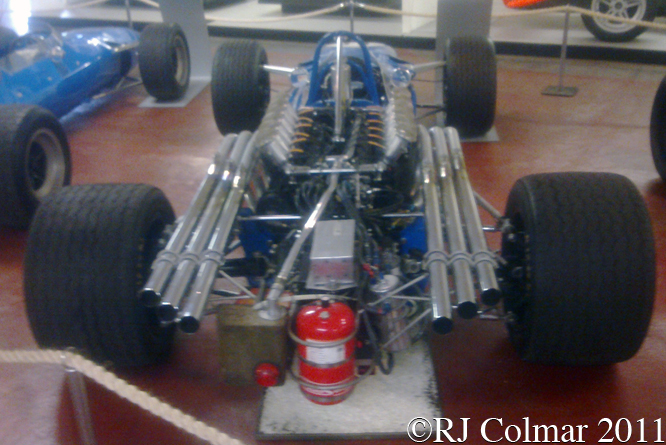
Beltoise tried the MS11 at the ’68 Spanish Grand but ended up driving Jackie Stewarts Cosworth V8 powered Matra MS10, in which he finished 5th, after the Scot had damaged his wrist ligaments in an earlier Formula 2 race.
Beltoise gave the MS11 it’s debut race at the following Monaco Grand Prix where he retired with bent suspension having qualified 8th 6 places behind the Ford powered MS10 which was now driven by Johnny Servoz Gavin, who also retired with accident damage.
The MS11’s best result came in the 1968 Dutch Grand Prix where Beltoise qualified 16th 11 places behind Jackie Stewart’s MS 10 and ended up finishing 2nd over 30 seconds behind the Scotsman on the occasion of MATRA’s first Formula One Championship win.
The MS11 never did beat the Cosworth powered MS10 in qualifying and in the races only beat the Ford powered car when it lasted longer. Henri Pescarolo’s best result in his MS11 was 9th in Mexico.
At the end of the 1968 season MATRA CEO Jean-Luc Lagardère made the wise choice to drop the V12, pending future development, and the works team and put all of it’s efforts behind Jackie Stewart and the Ford Powered MATRA run by Ken Tyrrell’s MATRA International that I’ll be looking at next Tuesday.
Thanks for joining me on this “Abundant Noise” edition of “Gettin’ a li’l psycho on tyres” I hope you will join me again tomorrow for a look at the weekends Goodwood Festival Of Speed. Don’t forget to come back now !


